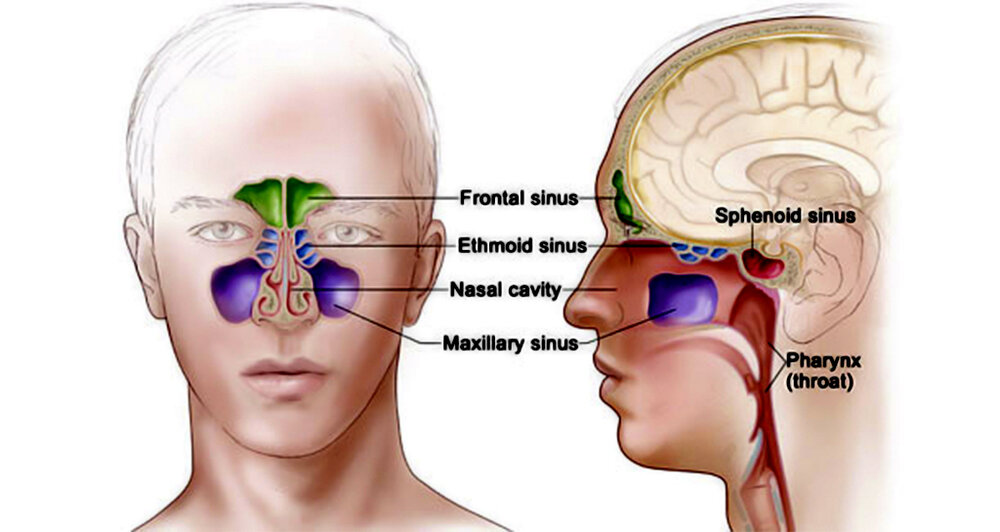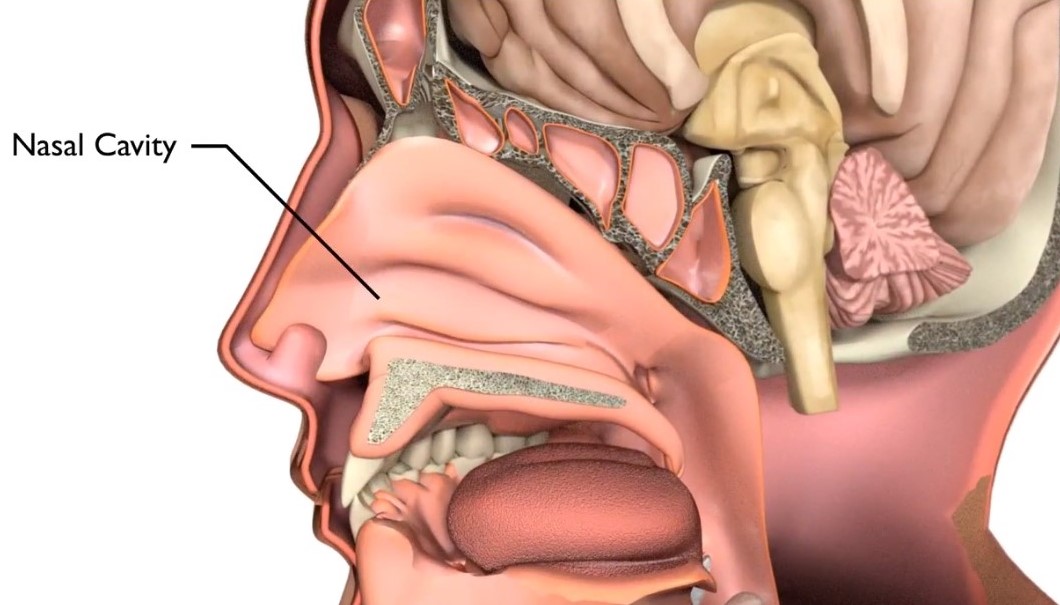Nasal and paranasal tumors are abnormal growths that begin in and around the passageway within your nose (nasal cavity). Nasal tumors begin in the nasal cavity. Paranasal tumors begin in air-filled chambers around the nose called the paranasal sinuses.



